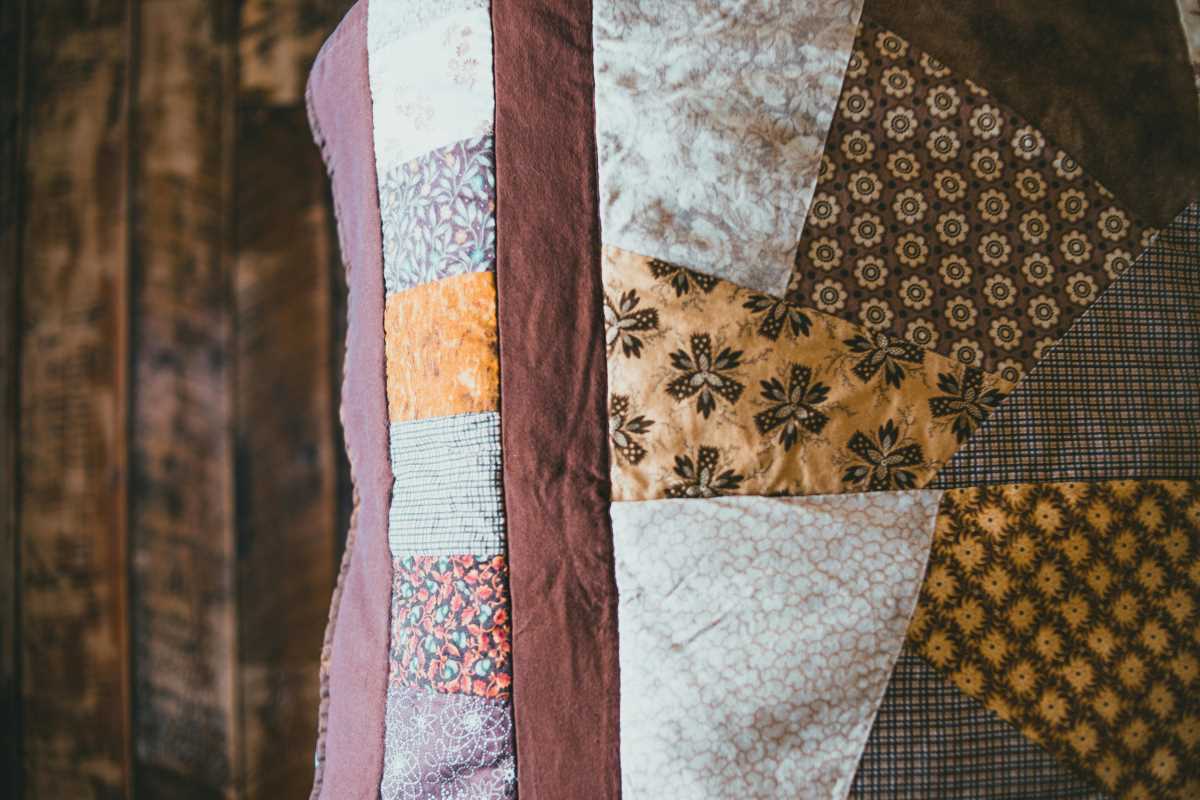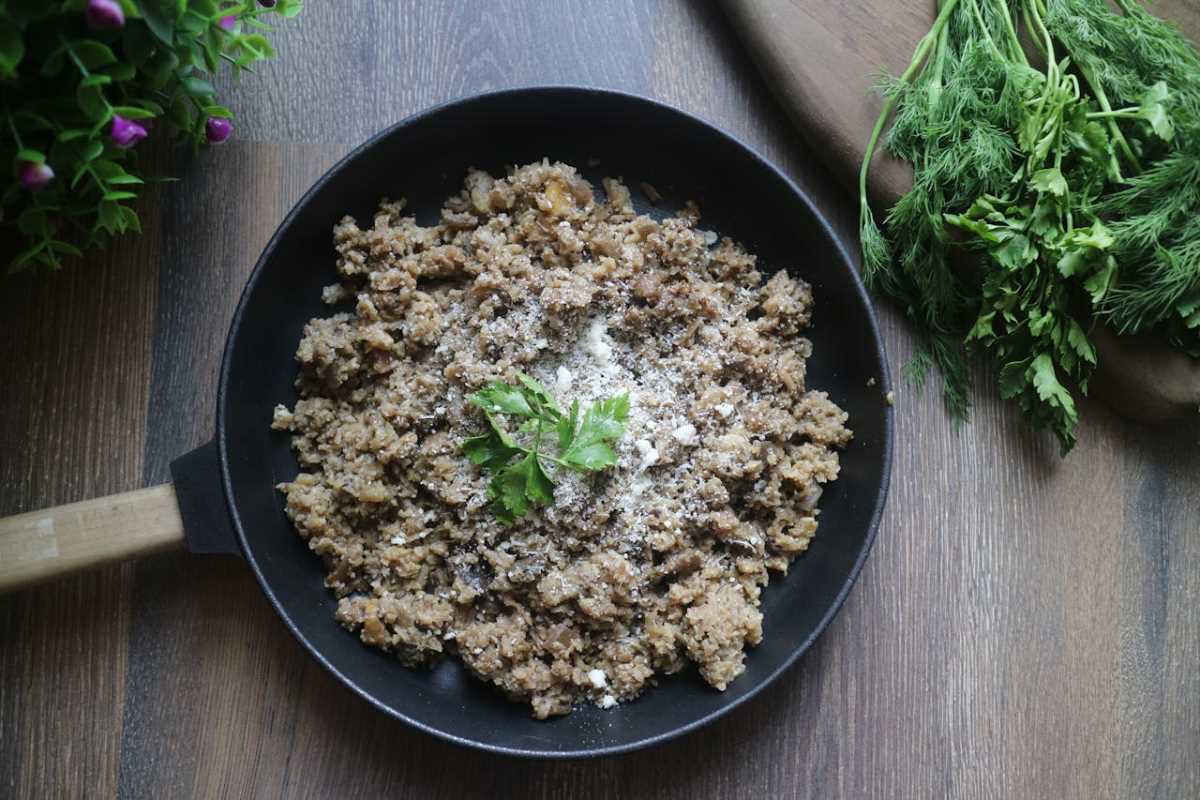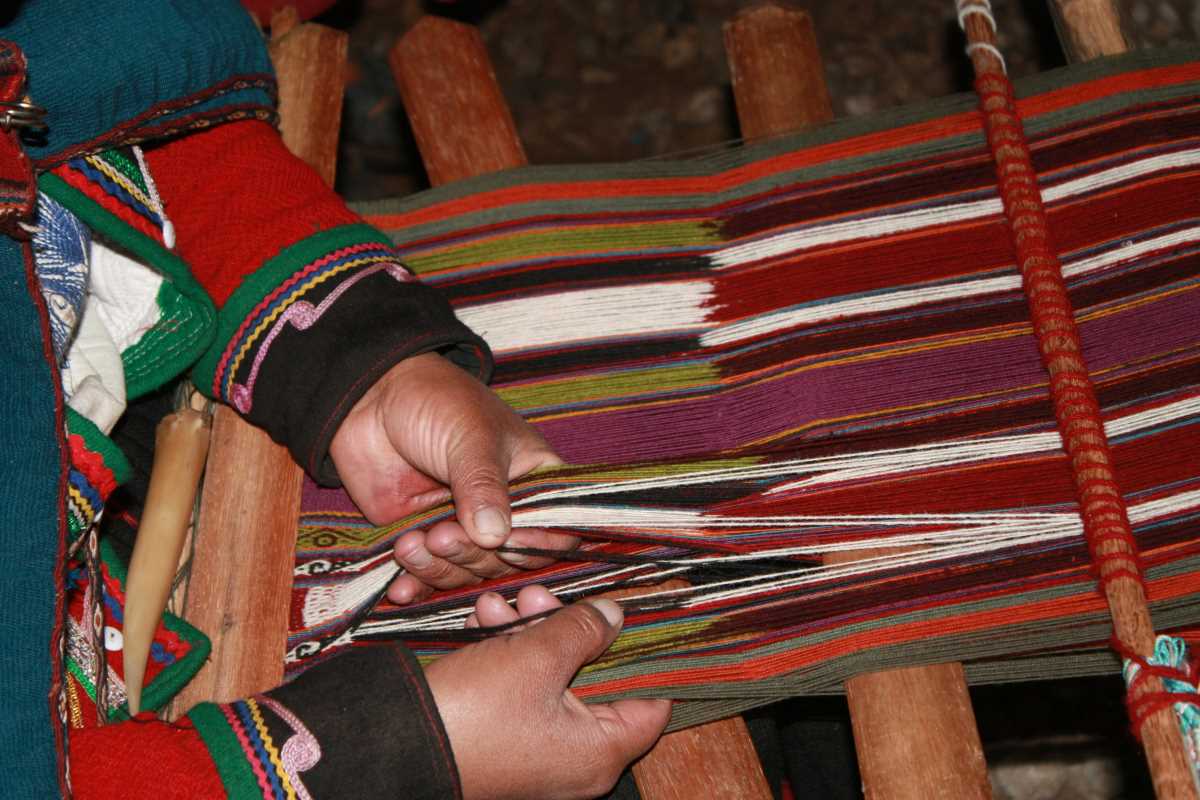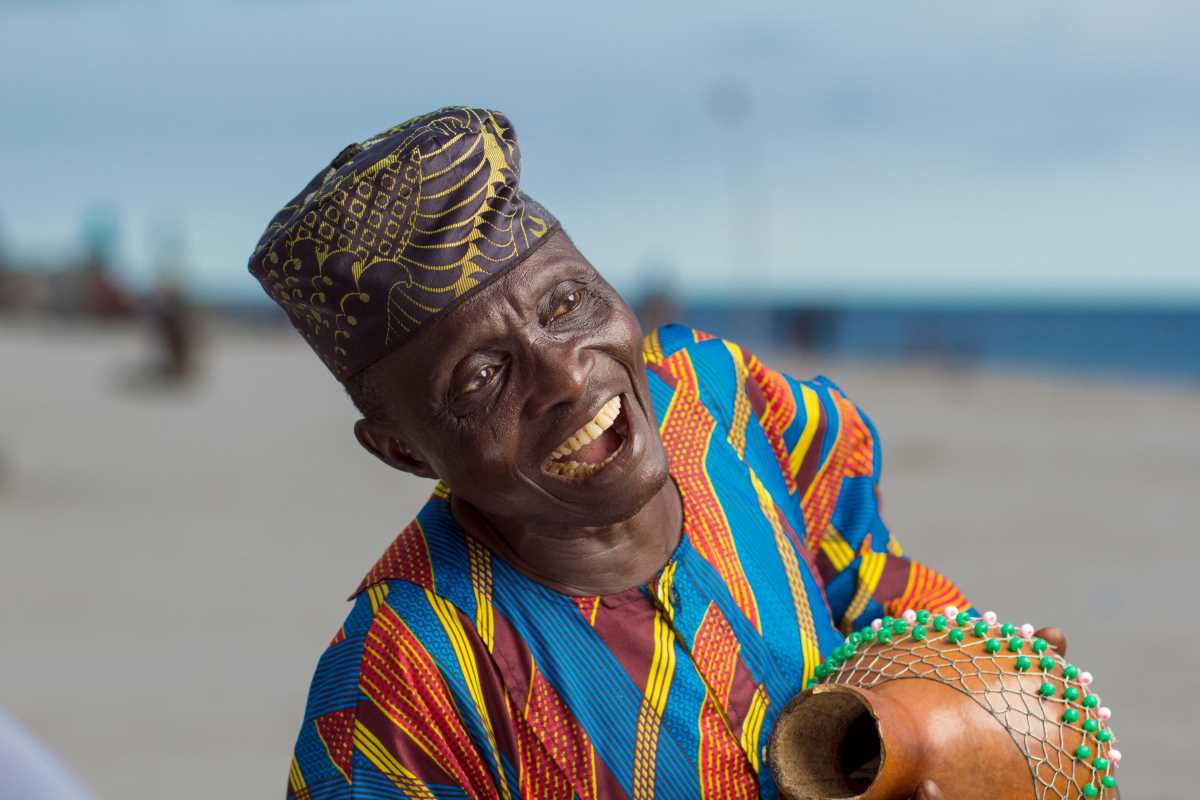Quilts have long been more than just blankets to keep us warm. They serve as canvases of creativity, weaving together stories, memories, and cultural narratives. This art form acts as a tangible medium for expressing personal and communal histories, making each quilt a unique testament to its creator's experiences and heritage.
From intricate patterns to vibrant colors, quilts capture moments and stories that might otherwise fade over time. They bridge generations, allowing stories from the past to be retold and preserved in a form that is both functional and artistic. The renewed interest in quilt storytelling highlights the enduring power of textiles as a means of communication and cultural preservation.
The Historical Context of Storytelling Through Fabric
- Ancient Civilizations: Early examples include pharaohs and nobility in Egypt using quilts to denote status and commemorate events.
- Medieval Europe: Quilts served as records of family histories and significant occurrences, often passing down through generations.
- American Colonies: Quilting bees became communal activities where people shared and preserved stories and traditions.
- Harlem Renaissance: Quilts became a medium for African American artists to express cultural identity and social themes.
- 20th Century: The Great Depression saw quilts as practical items that also told the stories of resilience and solidarity.
The Modern Revival of Quilts
- Art Quilting: Artists like Nadia Lee Cohen push the boundaries of quilt art, blending traditional techniques with contemporary themes.
- Community Projects: Initiatives such as the Quilt Trail in the UK encourage local artists to share their stories through public displays.
- Digital Platforms: Online communities and social media have made it easier for quilters to share their works and collaborate globally.
- Educational Programs: Schools and universities incorporate quilt-making into their curricula to teach history and craftsmanship.
- Exhibitions and Galleries: Major museums now feature quilt exhibitions, highlighting their artistic and narrative significance.
Community and Individual Expression in Quilt Making
Quilting acts as a powerful tool for both community building and individual self-expression. Community quilting projects often bring people together, creating a sense of belonging and shared purpose. These collaborative efforts can reflect the collective identity and values of a group, whether it's a local neighborhood or a broader cultural community.
On the personal front, quilters use their craft to express their unique experiences and emotions. Each stitch and pattern choice symbolizes a part of the quilter’s journey, making the quilt a deeply personal artifact. This duality of community and individuality in quilt making enhances its role as a medium for storytelling, allowing diverse voices to be heard and preserved.
Notable Stories Told Through Quilts
One striking example of storytelling through fabric is the work of the Gee’s Bend quilters. Originating from a small Alabama community, these quilters create bold, improvisational designs that reflect their resilience and rich cultural heritage. Their quilts have gained international recognition, symbolizing the strength and creativity of their community amidst adversity.
Another notable example is Faith Ringgold, whose story quilts combine vibrant colors and narrative text to address issues such as civil rights and gender equality. Her works not only narrate personal stories but also engage with broader social themes, demonstrating the quilt’s capacity to convey complex and impactful messages.
The Future of Quilts in Storytelling
The future of quilts in storytelling looks promising, with ongoing innovations and increasing recognition of their cultural value. As technology advances, quilters experiment with new materials and techniques, blending traditional craftsmanship with modern technology to create even more intricate and expressive works. The growing popularity of interactive and multimedia quilts suggests that the possibilities for narrative expression are expanding.
As global awareness of diverse cultures and histories increases, quilts will likely help in preserving and sharing these stories. Meanwhile, educational institutions and cultural organizations continue to support quilters and promote the art form for the sake of cultural heritage.
 (Image via
(Image via




.jpg)
